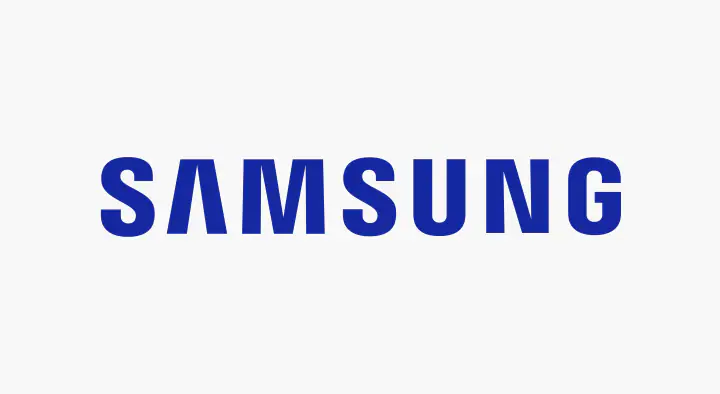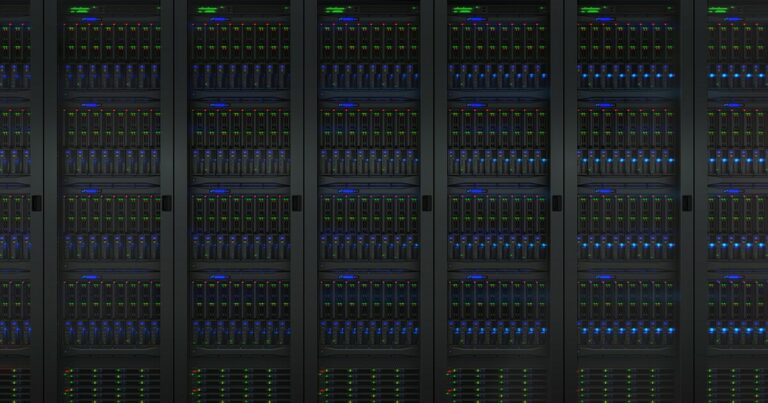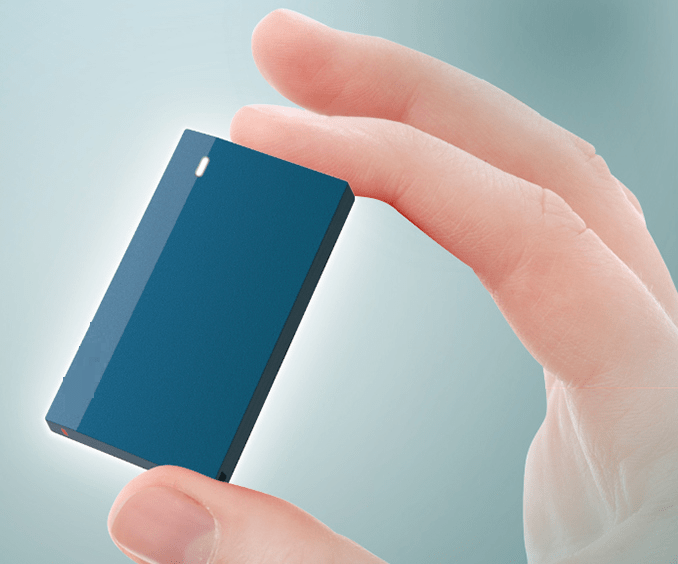Virident Systems today announced its tachIOn series of solid-state disk (SSD) drives, which are based on single-level cell (SLC) NAND flash technology and the PCIe interface.
Although there are a variety of vendors selling SSD devices for the PCIe bus, Virident will compete most directly with Fusion-io, according to Jim Handy, an SSD analyst and director of Objective Analysis, a semiconductor market research firm.
Virident hopes to differentiate the tachIOn SSDs primarily on performance and reliability (endurance).
Virident claims 200,000 I/Os per second (IOPS) of sustained performance in tests with 4KB block sizes and a 75/25 read/write mix. In terms of sustained throughput, the company claims 1.4GBps with 4KB blocks and random read operations, and 800MBps with 4KB blocks and random write workloads.
In terms of reliability (typically referred to as ‘endurance’ in the SSD space), Virident claims that the drives have a lifetime of 24 years at 5TB of writes per day.
According to Kumar Ganapathy, Virident’s CEO (and formerly with Intel), the key techniques that the company uses to boost the endurance of NAND flash devices include end-to-end error correction, capacity management, and global wear leveling. In addition to increasing endurance, these techniques also contribute to consistent performance, according to Ganapathy.
Although virtually all SSD vendors employ wear leveling techniques, Virident’s global wear leveling applies the technology to the entire device.
“We don’t treat the devices as a collection of flash chips,” says Ganapathy. “We treat the entire card in a uniform way so that it has a uniform wear pattern.”
Virident also hopes to differentiate the tachIOn SSDs with a modular architecture that enables users to replace flash modules in the event of a failure or to increase capacity. The NAND flash devices are implemented on daughter cards with up to 16 daughter cards per PCIe card. In the case of a NAND device failure, users can remove the failed device and plug in a new NAND flash module and the system automatically performs a rebuild.
The tachIOn SSDs are based on SLC NAND flash, as opposed to less expensive multi-level cell (MLC) NAND flash technology. “For enterprise applications, you need the endurance levels of SLC rather than consumer-grade MLC,” Ganapathy claims.
Although the market for SSDs designed specifically for PCIe is relatively new, Objective Analysis predicts that shipments of PCIe SSDs will out-strip the combined markets for SSDs using all other high-speed interfaces by 2015 (e.g., Fibre Channel, SAS and SATA).
Virident’s tachIOn SSDs are available in 200GB, 300GB or 400GB capacities, and the company claims that the entire capacity is usable. In contrast, some SSD implementations require over-provisioning capacity to achieve full performance, which leads to unused capacity.
Ganapathy says that the average price of the SSDs will be approximately $30 per GB, which is in the range of high-end, expensive RAID arrays based on conventional (spinning) disk drives.
Early next year, Virident plans to begin phasing in its GreenCloud Storage Software, which will provide “virtual SAN” functionality by tying together multiple tachIOn cards, according to Ganapathy.
Virident was founded about three years ago by executives from vendors such as Google, Sun, Cisco, SGI and Intel.






